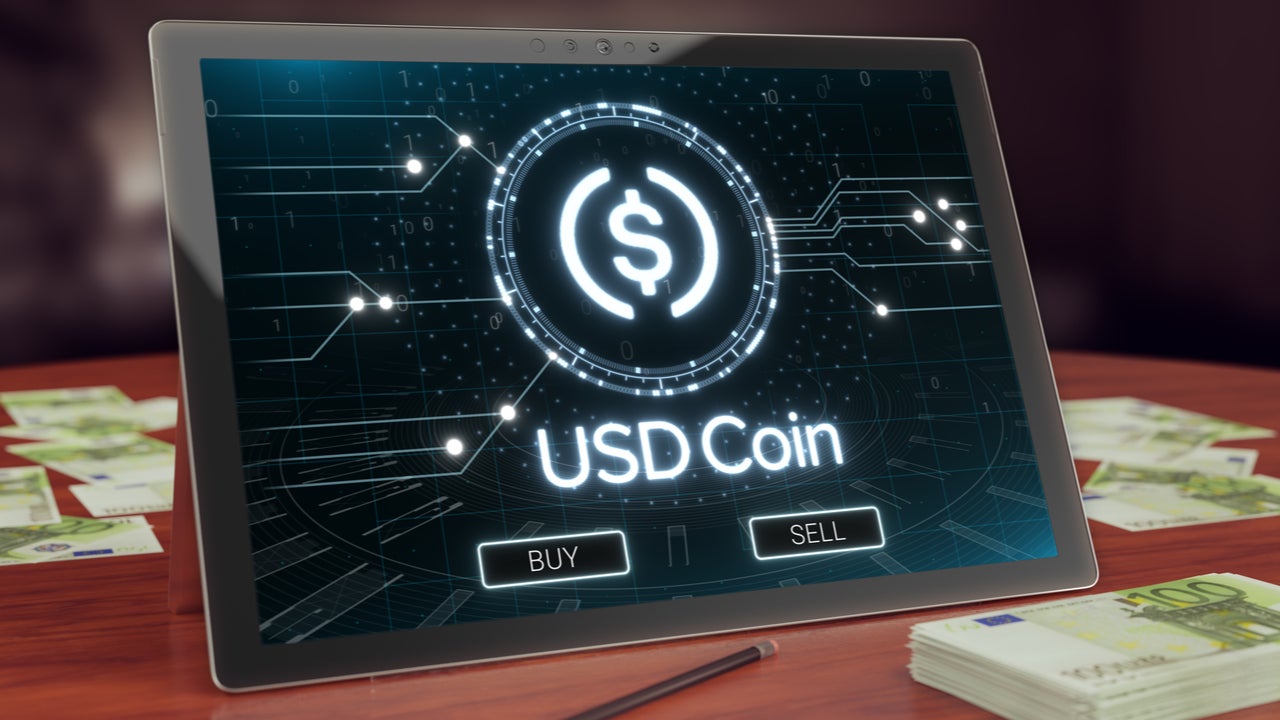It’s been another busy month for cryptocurrencies, especially now that a stablecoin has a major backer that will allow customers to us it for payments.
Tesla, with its elusive founder Elon Musk, said that people can now buy its electric cars with bitcoin, just a month after announcing its intentions.
Last week, Fidelity Investments, one of the largest mutual fund companies in the US, unveiled plans to launch an exchange-traded fund (ETF) that tracks the price of bitcoin. Should the ETF be approved by the Securities and Exchange Commission’s (SEC), it would be the first US bitcoin ETF and mark a further push to bring cryptocurrencies to mainstream finance. The SEC has repeatedly rejected applications for bitcoin ETFs, but there is belief that this might be the one that finally goes through.
However, the biggest news came on Monday when payments giant Visa announced that it will enable customers to settle transactions in USD Coin (USDC), a stablecoin pegged to the US dollar in a 1:1 ratio, becoming the first big payments network to use a cryptocurrency to settle payments. The move marks another major step in bringing cryptocurrencies to mainstream finance.
Stablecoin bridges the worlds of traditional and digital money
A stablecoin is a type of cryptocurrency that are pegged to an external asset, such as a fiat currency (like the US dollar) or a commodity (like gold). If a person owns one USDC, they can always exchange it for one traditional US dollar. This means that stablecoins, or USDC in Visa’s case, are not subject to the highly volatile market prices experienced by the likes of bitcoin and Ethereum.
Visa partnered with Anchorage, a digital asset bank, and cryptocurrency exchange Crypto.com to settle transactions over the Ethereum network for the pilot program. The payments giant plans to add more partners later this year. The project did not materialize out of thin air, it has been an 18-month work in progress initiated back in 2019.

US Tariffs are shifting - will you react or anticipate?
Don’t let policy changes catch you off guard. Stay proactive with real-time data and expert analysis.
By GlobalDataThe move aims to facilitate transfers between digital assets and fiat currencies without incurring any extra fees, reflecting increased interest in the crypto space, especially from crypto-native FinTechs. Cuy Sheffield, Head of Crypto at Visa, said: “we see increasing demand from consumers across the world to be able to access, hold and use digital currencies”.
Why is the move by Visa such a big deal?
Visa’s pilot program eliminates the need for cryptocurrency platforms to convert digital currencies into traditional fiat currency before settling transactions with Visa. The fiat-denominated cryptocurrency USDC will, as such, be treated like any other the other 160 fiat currencies Visa clears and settles. This enables crypto-native companies to settle transactions with Visa without having to maintain a traditional bank account. This reduces complexity, speeds up the process, and reduce transaction costs. Visa is already partnering with around 35 digital platforms, including Coinbase, Bitpanda, and Crypto.com, all of which have more than 50 million active users.
Bridging the gap between digital and traditional fiat currency payment networks is essential for cryptocurrencies to become a widely accepted payment method used by consumers. Visa’s pilot program will facilitate a more widespread use of digital currencies.
Visa also gave another indication of how it thinks the market will development when it said that the upgrades to its infrastructure will allow the support for central bank digital currencies (CBDCs) as they roll-out in the future. CBDCs are exactly what they sound like, digital currencies issued and managed directly by a central bank.
Cryptocurrencies rise sharply on the news
Bitcoin, Ethereum, and other cryptocurrencies rose after Visa said its payment network will use USDC to settle transactions. Bitcoin jumped to a one-week high on the news, rising as much as 4.5% to $58,000 and heading back towards its all-time high notation of $61,000, hit earlier this month.
As Sheffield said, “the biggest takeaway is that Visa is open for business for crypto partners”. The message doesn’t get much clearer than that. Traditional financial companies are increasingly embracing cryptocurrencies for investment and payment purposes. Visa’s move comes as finance firms such as BNY Mellon, BlackRock, Mastercard, and mainstream companies, most notably Tesla, are working on or encouraging the use of digital currencies.









